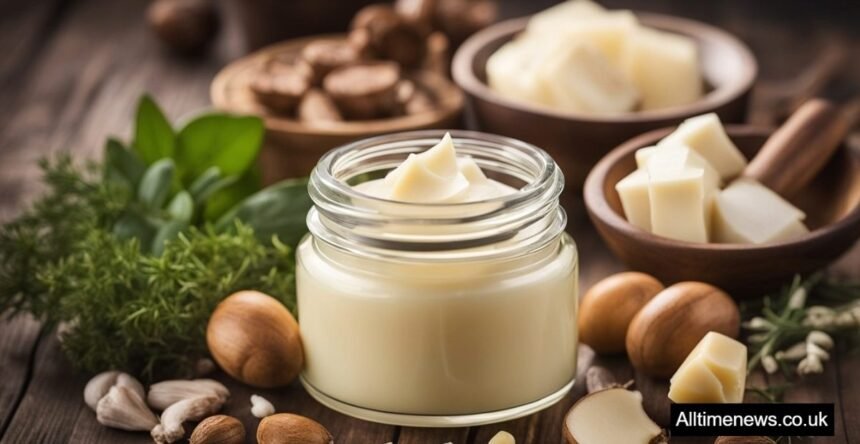Beef tallow, a rendered form of fat from cows, has been used for centuries in cooking and skincare. Recently, it has gained popularity for its skin-nourishing properties. Advocates claim it is a natural, sustainable, and effective moisturizer that can benefit various skin types. But how effective is it really for skincare? Let’s explore its benefits, usage, and potential drawbacks.
Benefits of Beef Tallow for Skin
Beef tallow is rich in nutrients and fatty acids that are essential for healthy skin. Here are some key benefits:
Deep Moisturization
Beef tallow contains high levels of oleic acid, which closely mimics the natural oils in human skin. This makes it an excellent moisturizer that penetrates deeply, leaving the skin hydrated and soft without feeling greasy.
Rich in Vitamins
Tallow is packed with vitamins A, D, E, and K, all of which are vital for maintaining healthy, glowing skin. Vitamin A helps with skin cell turnover, while vitamins E and K provide antioxidant protection, reducing inflammation and supporting skin healing.
Supports Skin Barrier
Tallow’s natural fats help restore the skin’s lipid barrier, protecting it from environmental damage. A healthy skin barrier prevents moisture loss and keeps harmful pollutants out, making tallow especially useful for those with dry or sensitive skin.
Non-Comedogenic
Despite being a fat, beef tallow is generally non-comedogenic, meaning it won’t clog pores. It’s suitable for most skin types, including oily or acne-prone skin, though patch testing is always recommended.

How to Use Beef Tallow for Skin
As a Moisturizer
Beef tallow can be used as a standalone moisturizer. After cleansing your face, apply a small amount to damp skin and massage it in. It absorbs quickly and can be used day or night.
As a Balm for Dry Areas
For particularly dry areas like elbows, knees, and hands, beef tallow works wonders. It provides intense hydration and relief from cracked or chapped skin.
In DIY Skincare Products
Beef tallow can be mixed with essential oils or other natural ingredients to create personalized balms or creams. It’s a versatile ingredient that complements other nourishing oils.
Potential Drawbacks
While beef tallow has many benefits, there are a few considerations. First, its strong scent might not appeal to everyone. Some people may find it off-putting, though mixing it with essential oils can help. Second, those with very oily or acne-prone skin might want to use it sparingly, as the texture could feel heavy.
You may also like
- Liquid Aminos: Benefits and Potential Downsides
- Jamaican Black Castor Oil: Benefits, How-to Use, and More
- White Tea Shot: Benefits, Recipes, and More
- Quadrobics 101: Strength, Flexibility, and Animal Instinct
Conclusion
Beef tallow is an effective, natural moisturizer with numerous skin benefits. Its rich nutrient content and deep moisturizing properties make it a great option for people with dry, sensitive, or aging skin. While its scent and texture may not suit everyone, those who try it often find their skin softer, more hydrated, and better protected.
FAQs
Q: Is beef tallow eco-friendly?
Beef tallow is a sustainable byproduct of the meat industry, making it an eco-friendly option for skincare.
Q: Is beef tallow safe for sensitive skin?
Yes, beef tallow is generally safe for sensitive skin, as it closely mimics natural skin oils. However, a patch test is recommended before regular use.
Q: Can beef tallow clog pores?
Beef tallow is typically non-comedogenic, meaning it won’t clog pores. However, those with oily skin may want to use it sparingly.
Q: How long does beef tallow last?
When stored in a cool, dry place or refrigerated, beef tallow can last for several months without spoiling.
Q: Can I use beef tallow on my face?
Yes, beef tallow can be used as a facial moisturizer, especially for those with dry or sensitive skin.
